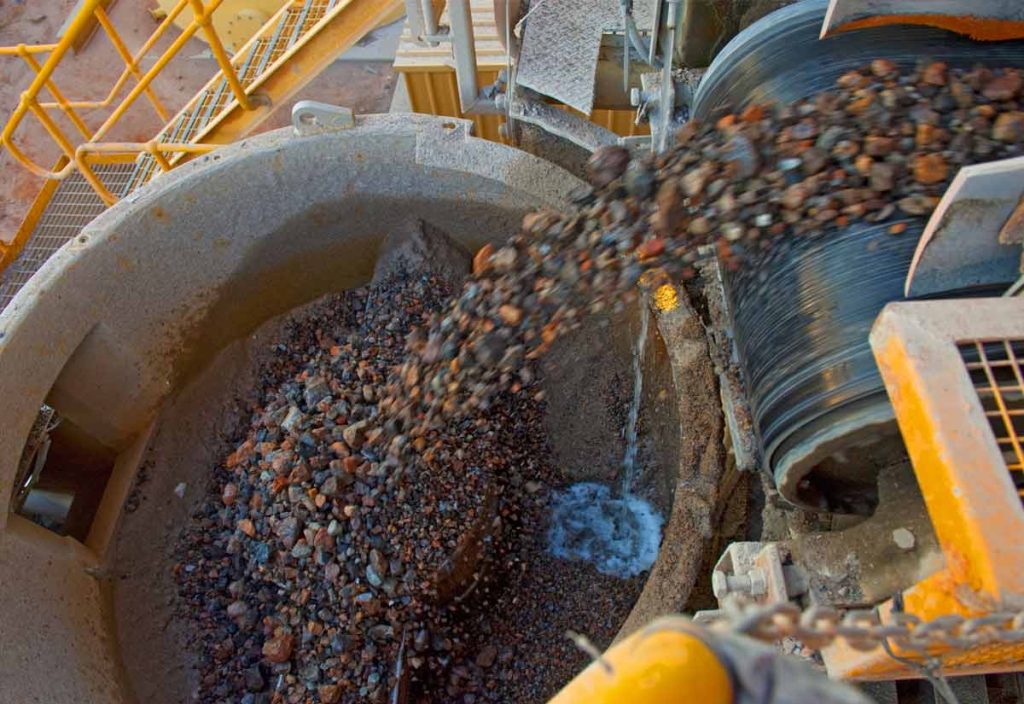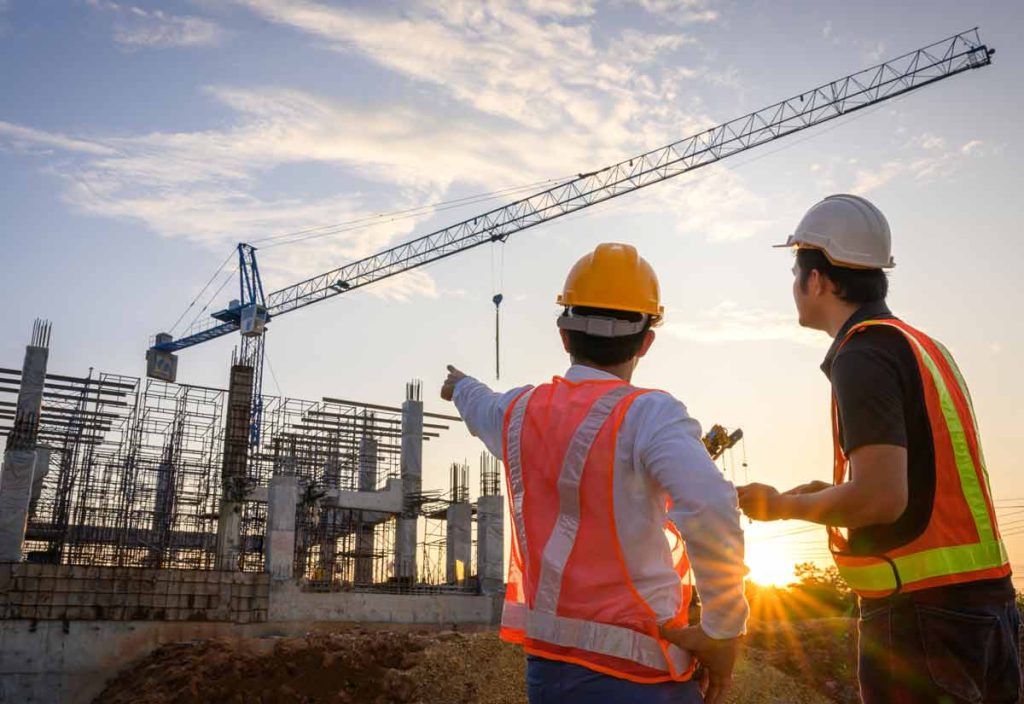An AI analysis by Kal Gal (Gemini Flash LLM), Kaizen/Six Sigma expert at Resource Erectors
To ensure I’m covering all the bases, I’ll break the analysis down into a few key areas:
1. Sustainability Goals and Progress in Construction Materials
- Look at each company’s specific sustainability targets and how they’re tracking towards meeting them.
- Highlight notable achievements or milestones in reducing carbon emissions, waste, or other environmental impact.
2. Innovative Products and Solutions
- Explore developing and deploying sustainable products like low-carbon concrete, recycled aggregates, or other green building materials.
- Discuss any partnerships or collaborations aimed at driving innovation in the industry.
3. Operational Efficiency and Continuous Improvement
- Examine how each company applies Kaizen principles to streamline operations, reduce waste, and boost productivity.
- Showcase specific examples of process improvements or cost savings achieved through continuous improvement efforts
4. Industry Leadership and Influence
- Assess how these companies use their market position and thought leadership to drive sustainability and innovation across the wider construction materials sector.
- Look at any industry initiatives, research projects, or advocacy efforts they’re involved in to promote greener practices.
Introduction
In the rapidly evolving world of construction materials, sustainability and innovation have become key differentiators for industry leaders. While Heidelberg Materials has set a high bar with its commitment to Kaizen principles and continuous improvement, other major players like LafargeHolcim and CEMEX are also making significant strides in green practices and cutting-edge solutions.
This comparative analysis will examine how these three industry heavyweights stack up regarding their sustainability initiatives, innovative products, operational efficiency, and overall influence on the construction materials sector. By exploring their specific goals, achievements, and strategies, we can gain valuable insights into the future of sustainable building practices.
Sustainability Goals and Progress
When it comes to setting and achieving sustainability targets, Heidelberg Materials, LafargeHolcim, and CEMEX are all making notable progress:
- Heidelberg Materials has committed to reducing its CO2 emissions by 30% by 2025 compared to 1990. As of 2020, the company had already achieved a 20% reduction, putting it well on track to meet its goal.
- LafargeHolcim has set a Science-Based Target to reduce its carbon emissions by 17.5% per ton of cementitious material by 2030 compared to 2018. The company is also aiming for carbon-neutral concrete by 2050.
- CEMEX has pledged to reduce its net CO2 emissions by 35% by 2030 compared to its 1990 baseline. The company has already achieved a 22% reduction as of 2020, demonstrating significant progress towards its target.
These commitments and achievements showcase the industry’s growing focus on sustainability and the tangible steps being taken to minimize environmental impact.

AI rendering of Heidelberg’s Green Vision for the 21st Century
Innovative Products and Solutions in Construction Materials
In addition to setting ambitious sustainability goals, these industry leaders are also investing heavily in the development and deployment of innovative green products:
- Heidelberg Materials has launched its “i-series” line of low-carbon concretes. These concretes utilize alternative binders and optimized mix designs to reduce CO2 emissions by up to 70% compared to traditional concrete.
- LafargeHolcim has developed “ECOPact”, a line of green concrete solutions that offer 30-100% lower CO2 emissions compared to standard concrete. The company is also researching carbon capture and utilization technologies to reduce its environmental footprint.
- CEMEX has introduced “Vertua”, a suite of sustainable concrete solutions that range from 20-100% lower CO2 emissions. The company is also exploring the use of alternative fuels and raw materials to minimize waste and conserve resources.
These innovative products and solutions demonstrate a clear commitment to pushing the boundaries of sustainable construction and driving green practices across the industry.
Operational Efficiency and Continuous Improvement
Alongside product innovation, these industry leaders are also focusing on optimizing their operations and driving continuous improvement through Kaizen principles:
- Heidelberg Materials has implemented a “Operational Excellence” program across its global network of plants, leveraging tools like Six Sigma and Lean Management to streamline processes and eliminate waste.
- LafargeHolcim has established a “Plants of Tomorrow” initiative to digitize and automate its production facilities, which will increase efficiency, reduce energy consumption, and improve safety standards.
- CEMEX has launched a “CEMEX Go” digital platform to optimize its supply chain and delivery processes, resulting in significant cost savings and operational improvements.
By embracing Kaizen principles and leveraging technology, these companies are not only enhancing their own performance but also setting new standards for efficiency and continuous improvement across the industry.
Industry Leadership and Influence
Beyond their own operations, Heidelberg Materials, LafargeHolcim, and CEMEX are also using their market position and thought leadership to drive sustainability and innovation on a broader scale:
- Heidelberg Materials is a founding member of the “Global Cement and Concrete Association” (GCCA), which aims to drive responsible industry leadership in manufacturing and using cement and concrete and foster innovation throughout the construction value chain.
- LafargeHolcim is actively involved in the “Concrete Sustainability Council” (CSC), a global certification system that promotes sustainable practices in the concrete industry. The company collaborates with research institutions to advance low-carbon technologies and solutions.
- CEMEX is a member of the “World Business Council for Sustainable Development” (WBCSD) and actively participates in its “Cement Sustainability Initiative” (CSI), which focuses on developing and sharing best practices for sustainable cement production.
Through these initiatives and collaborations, these industry leaders are advancing their own sustainability agendas and helping to shape the future of green construction globally.
Conclusion
As the comparative analysis demonstrates, Heidelberg Materials, LafargeHolcim, and CEMEX are all making significant strides in sustainability and innovation within the construction materials industry. Through ambitious goal-setting, product innovation, operational efficiency, and industry leadership, these companies are driving the transition to greener building practices and setting new standards for environmental stewardship.
While each company has its own unique approach and focus areas, they share a common commitment to continuous improvement and a recognition of the vital role that sustainability will play in the future of construction. As the industry continues to evolve and new challenges emerge, these leaders will undoubtedly remain at the forefront of the green building revolution, paving the way for a more sustainable and innovative future.

Time to Call Resource Erectors
With decades of specialized experience in heavy industry recruitment and a vast network spanning North America’s top companies and professionals, Resource Erectors is your indispensable ally in optimizing your workforce. In today’s swiftly evolving employment landscape, maximizing talent and fostering a culture geared towards continual enhancement is crucial.
Offering lucrative six-figure opportunities, we cater to professionals across a diverse range of heavy industry sectors, even those with only 1-5 years of experience.
That’s right, just one to five years of experience could propel you onto the fast track in civil construction and beyond. If you’re climbing the career ladder in industrial fields such as aggregates, concrete, sand, minerals, mining, plant management, project management, process engineering, bulk materials, civil engineering, and heavy construction, don’t miss out. Explore our job board to advance your career in heavy industry. Don’t hesitate to contact us today.








